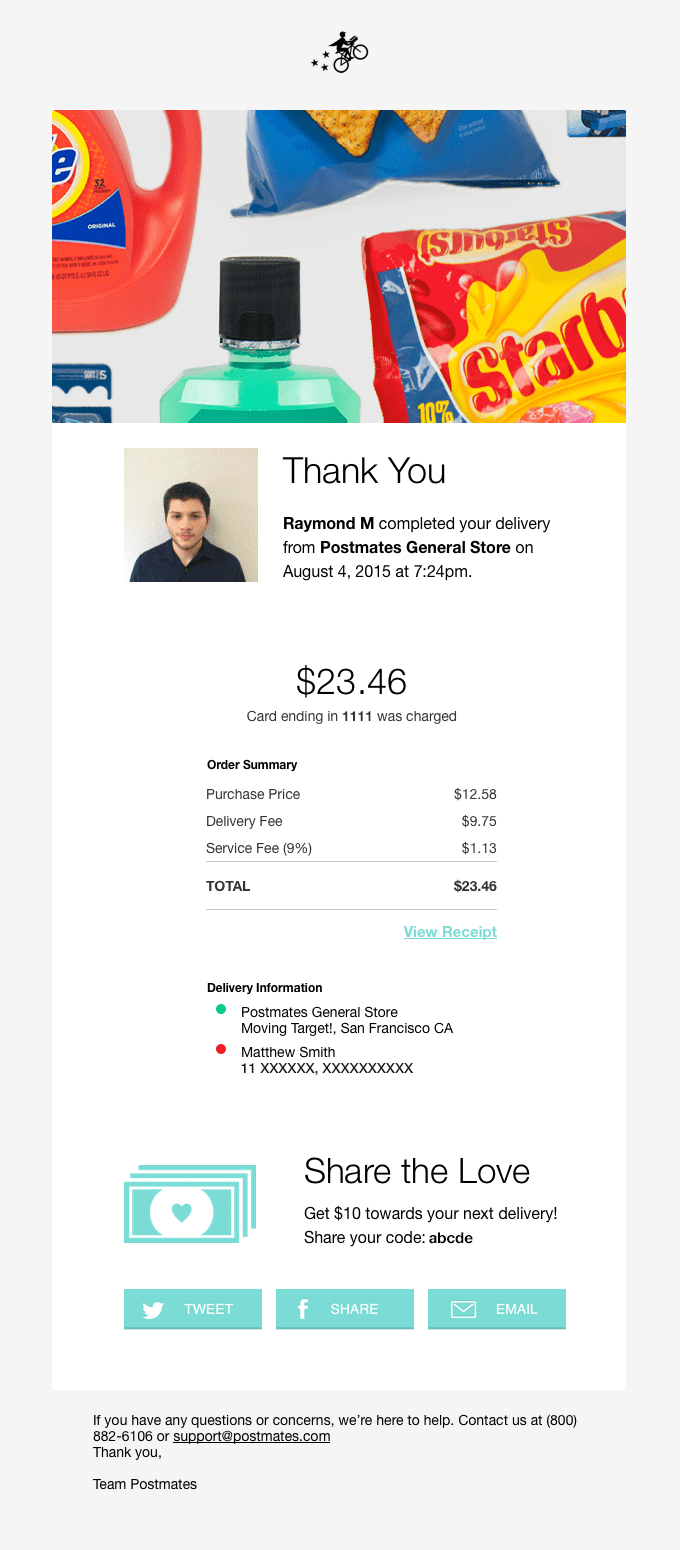The Ultimate Guide to Sending Mail in PHP: A Comprehensive Tutorial
Introduction
In the ever-evolving world of web development, sending emails from a website or application has become an essential feature. Whether it’s sending account activation links, newsletters, or order confirmations, the ability to send emails programmatically is crucial for modern web applications. PHP, a widely-used server-side scripting language, offers robust capabilities for sending emails effortlessly.
In this comprehensive guide, we will delve into the various aspects of sending mail in PHP. From setting up the environment to sending HTML emails, we’ve got you covered. So, let’s get started.
Table of Contents
- Setting Up Your PHP Environment
- Sending Text Emails
- Sending HTML Emails
- Adding Attachments
- Sending Emails with PHPMailer
- Best Practices for Sending Mail
- Frequently Asked Questions (FAQ)
1. Setting Up Your PHP Environment
Before you can send emails using PHP, you need to ensure that your development environment is correctly configured. Here are the basic steps to set up your PHP environment:
1.1. Install PHP
If you haven’t already installed PHP on your server or local development environment, you can download it from the official PHP website (https://www.php.net/downloads.php). Follow the installation instructions specific to your operating system.
1.2. Configure SMTP
PHP uses the Simple Mail Transfer Protocol (SMTP) to send emails. You need to configure the SMTP settings in your php.ini file. Here’s a sample configuration:
[mail function] SMTP = smtp.example.com smtp_port = 25 sendmail_from = your_email@example.com
Replace smtp.example.com and your_email@example.com with your SMTP server address and preferred sender email.
1.3. Test Your Configuration
To ensure that your PHP environment is correctly set up, create a simple PHP script to send a test email. If everything is configured correctly, you should receive the email in your inbox.
2. Sending Text Emails
Sending plain text emails in PHP is straightforward. You can use the mail() function, which is a built-in PHP function for sending emails. Here’s a basic example:
$to = "recipient@example.com"; $subject = "Hello, World!"; $message = "This is a simple text email sent from PHP."; mail($to, $subject, $message);
3. Sending HTML Emails
HTML emails allow you to create visually appealing and dynamic content. To send HTML emails with PHP, you need to set the appropriate headers and format your message as HTML. Here’s an example:
$to = "recipient@example.com"; $subject = "HTML Email Example"; $message = "<html><body><h1>Hello, World!</h1><p>This is an HTML email sent from PHP.</p></body></html>"; $headers = "MIME-Version: 1.0" . "\r\n"; $headers .= "Content-type:text/html;charset=UTF-8" . "\r\n"; mail($to, $subject, $message, $headers);
4. Adding Attachments
In some cases, you may need to send attachments along with your emails. PHP provides the ability to attach files to your emails using the mail() function. Here’s how you can do it:
$to = "recipient@example.com"; $subject = "Email with Attachment"; $message = "Please check the attached file."; $filename = "attachment.pdf"; $file_content = file_get_contents($filename); $boundary = md5(rand()); $headers = "MIME-Version: 1.0" . "\r\n"; $headers .= "Content-Type: multipart/mixed; boundary=\"$boundary\"" . "\r\n"; $body = "--$boundary\r\n"; $body .= "Content-Type: text/plain; charset=iso-8859-1\r\n"; $body .= "Content-Transfer-Encoding: 7bit\r\n"; $body .= "\r\n$message\r\n"; $body .= "--$boundary\r\n"; $body .= "Content-Type: application/pdf; name=\"$filename\"\r\n"; $body .= "Content-Transfer-Encoding: base64\r\n"; $body .= "Content-Disposition: attachment; filename=\"$filename\"\r\n"; $body .= "\r\n" . chunk_split(base64_encode($file_content)) . "\r\n"; $body .= "--$boundary--"; mail($to, $subject, $body, $headers);
5. Sending Emails with PHPMailer (Sending mail in php)
While the mail() function is sufficient for basic email sending, using a library like PHPMailer offers more advanced features and better error handling. Here’s how you can send an email using PHPMailer:
// Include PHPMailer library
require 'PHPMailer/PHPMailerAutoload.php';
$mail = new PHPMailer;
$mail->isSMTP(); // Set mailer to use SMTP
$mail->Host = 'smtp.example.com'; // Specify SMTP server
$mail->SMTPAuth = true; // Enable SMTP authentication
$mail->Username = 'your_email@example.com'; // SMTP username
$mail->Password = 'your_password'; // SMTP password
$mail->SMTPSecure = 'tls'; // Enable TLS encryption, `ssl` also accepted
$mail->Port = 587; // TCP port to connect to
$mail->setFrom('your_email@example.com', 'Your Name');
$mail->addAddress('recipient@example.com', 'Recipient Name');
$mail->isHTML(true); // Set email format to HTML
$mail->Subject = 'PHPMailer Example';
$mail->Body = '<h1>Hello, World!</h1><p>This is an HTML email sent with PHPMailer.</p>';
if (!$mail->send()) {
echo 'Message could not be sent.';
echo 'Mailer Error: ' . $mail->ErrorInfo;
} else {
echo 'Message has been sent';
}
6. Best Practices for Sending Mail in PHP
When sending emails from your PHP application, consider the following best practices:
- Use a dedicated email server or a reputable SMTP service.
- Implement error handling and logging for email sending operations.
- Sanitize user input to prevent email header injection.
- Include an unsubscribe link in marketing emails to comply with anti-spam laws.
- Test your emails across various email clients and devices to ensure compatibility.
- Monitor email delivery and open rates to improve your email campaigns.
7. Frequently Asked Questions (FAQ)
Q1: Can I send attachments with the mail() function?
Yes, you can send attachments with the mail() function by properly formatting the email headers and message body. However, using a library like PHPMailer is recommended for handling attachments more conveniently.
Q2: How can I prevent my emails from being marked as spam?
To prevent your emails from being marked as spam, ensure that you send emails from a reputable SMTP server, use valid sender and recipient addresses, and include relevant content in your emails. Additionally, consider implementing SPF and DKIM authentication.
Q3: Are there any PHP libraries for sending transactional emails?
Yes, there are several PHP libraries for sending transactional emails, including PHPMailer, Swift Mailer, and SendGrid’s PHP library. These libraries provide advanced features and better error handling compared to the basic mail() function.
Q4: What should I include in the subject line of my emails?
Your email subject line should be concise and descriptive. It should convey the purpose of the email and encourage recipients to open it. Avoid using all capital letters and excessive punctuation, as these can trigger spam filters.
Q5: Can I schedule emails to be sent at a specific time?
Yes, you can schedule emails to be sent at a specific time by implementing a queue system or using a cron job to trigger the email sending process at your desired time.
Conclusion
Sending mail in PHP is a fundamental skill for web developers. With the knowledge and examples provided in this guide, you are well-equipped to send various types of emails, from simple text messages to complex HTML messages with attachments. Remember to follow best practices and consider using libraries like PHPMailer for more robust email functionality. Happy emailing!










![Sendinblue Review [UPDATED 2021]- Startups Anonymous](https://startupsanonymous.com/wp-content/uploads/2020/06/sendinblue-homepage.jpg)

















